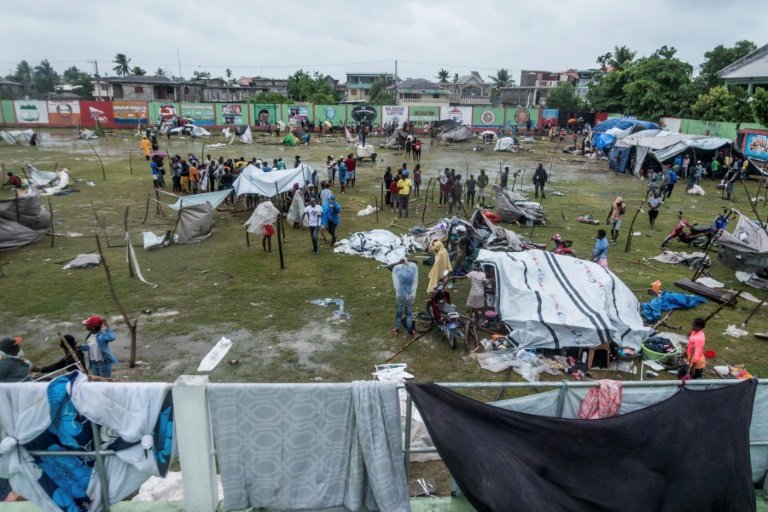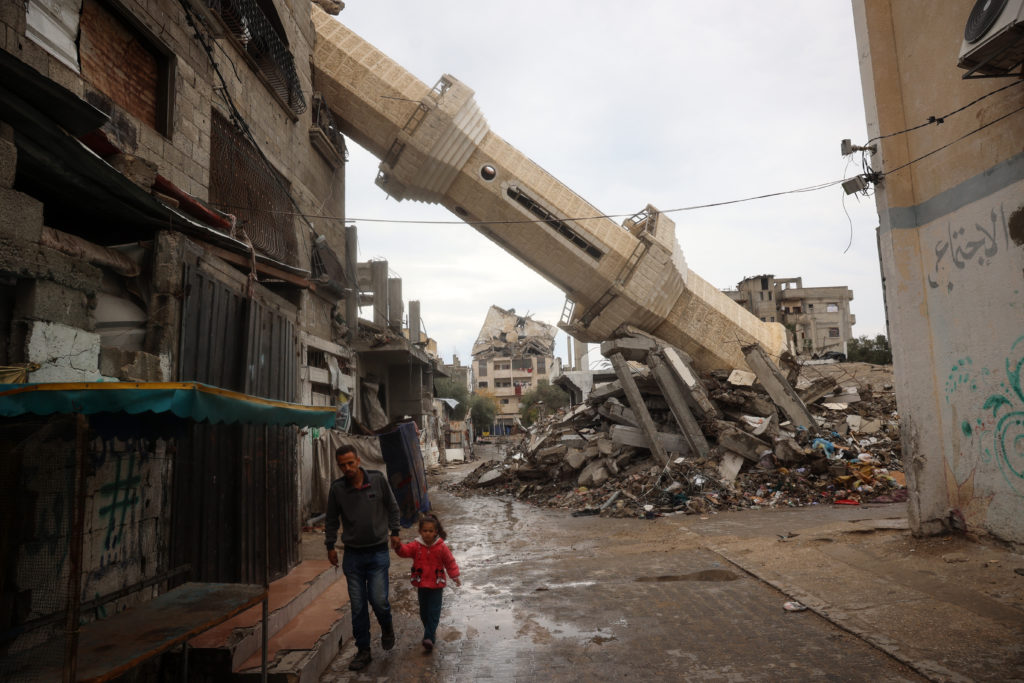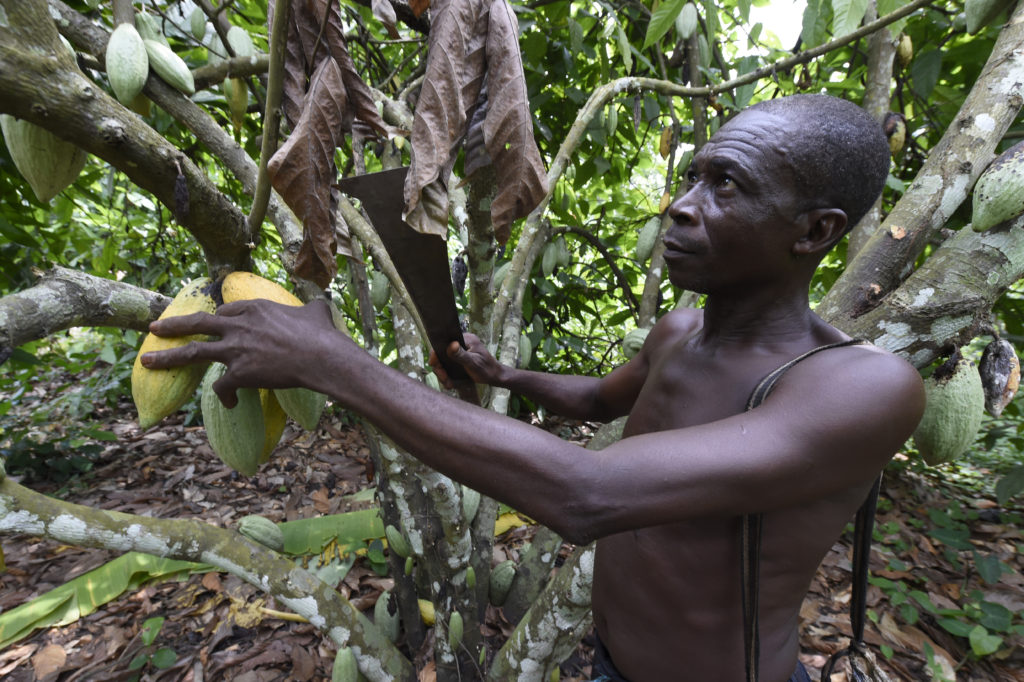Five days after a powerful earthquake killed nearly 2,200 people in Haiti, aid was arriving but officials were eager to not repeat the mistakes that followed a 2010 quake that devastated the Caribbean nation.
With almost 53,000 homes completely destroyed and more than 77,000 others damaged in Saturday’s tremor, authorities have a massive group of people that will need extensive recovery help.
Yet, authorities intend to provide materials for locals to rebuild their collapsed houses, rather than set up the type of camps that popped up after the earthquake that killed over 200,000 in the capital Port-au-Prince.
“In order not to repeat the mistakes of 2010, there will be no distribution of tents, there will be no creation of camps,” said Federica Cecchet, the deputy chief of the International Organization for Migration’s (IOM) Haiti mission.
Scores of survivors of the 7-magnitude quake 11 years ago spent years living in temporary camps, as the nation’s rebuilding effort creaked forward.
More than 1.5 million Haitians were made homeless in that disaster, which also destroyed 60 percent of Haiti’s healthcare system, leaving authorities and the international humanitarian community with a colossal challenge.
Instead, the emphasis will be in repairing and rebuilding people’s homes after Saturday’s disaster that killed at least 2,189 and injured over 12,200.
In addition to food, drinking water and emergency medical aid, Haiti disaster authorities have already sent plastic sheeting, boards and nails to the southwestern peninsula hard-hit by the 7.2-magnitude quake.
“We must not repeat the pitfalls of 2010 of having camps all over the place,” said Jerry Chandler, head of the civil protection agency, noting the challenge of managing and ultimately shutting down what were supposed to be temporary sites.
– Disaster-plagued Haiti –
As recovery efforts continue in Haiti, which was already reeling from the assassination of its president a month ago, foreign aid has begun to arrive.
The United States has brought helicopters to continue medical evacuation efforts of the most critically hurt to specialized hospitals in the Haitian capital.
A field hospital will also be set up by the American army in the city of Les Cayes, one of the hardest hit areas.
“We do have air force medical personnel there helping assist,” US General Hank Taylor said on Thursday.
“We are bringing in one of our medical hospital capabilities and more to come today to be able to help.”
The USS Arlington, a US Navy transport ship, and a British Navy boat will be deployed to Haiti to help respond to the disaster.
For its part, the European Union has mobilized 3 million euros (over $3.5 million) in aid, which comes on top of donations of material from some of its member countries.
In an effort to better manage the arriving aid, IOM has set up an online platform aimed at better organizing the distribution of donations.
“This allows a more equitable distribution of aid… so as to not always serve the same areas and avoid duplication,” said Cecchet of IOM.
“We know very well NGOs are arriving, some even with private helicopters in certain areas of the country without the government knowing,” she added.
Even before Saturday’s powerful earthquake, Haiti, one of the world’s poorest countries, was wracked by a mounting Covid-19 crisis and political chaos that culminated last month with the assassination of president Jovenel Moise.











